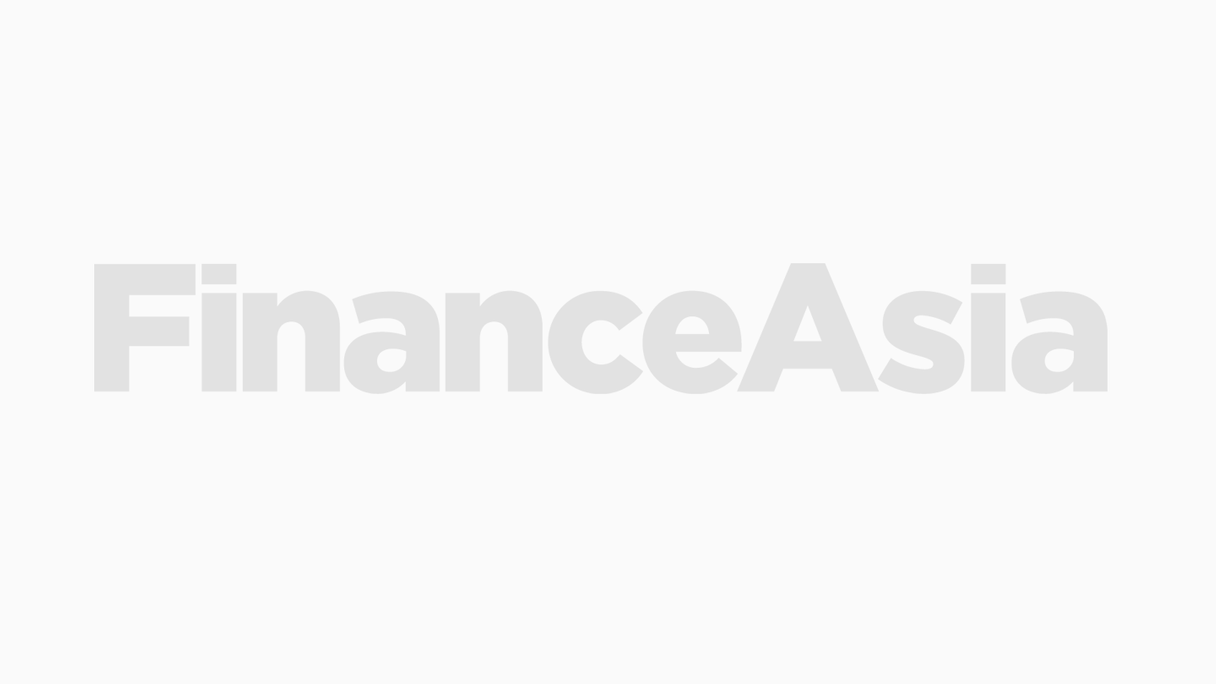Since the beginning of the Asian financial crisis, Salomon has successively stamped its name as the most successful lead manager in the re-capitalization of Asia inc with highly acclaimed deals for Siam Commercial Bank (SCB) in Thailand and Neptune Orient Lines (NOL) in Singapore. Should it succeed with this new deal, which may result in a 100% re-capitalization of Hynix's equity base, it will have also provided a template for the Korean government to further its painful re-modeling of the whole Chaebol sector.



